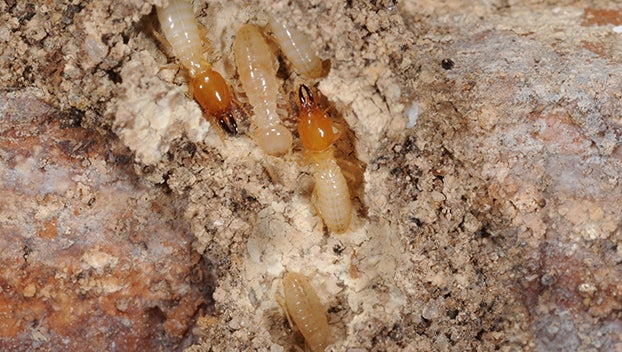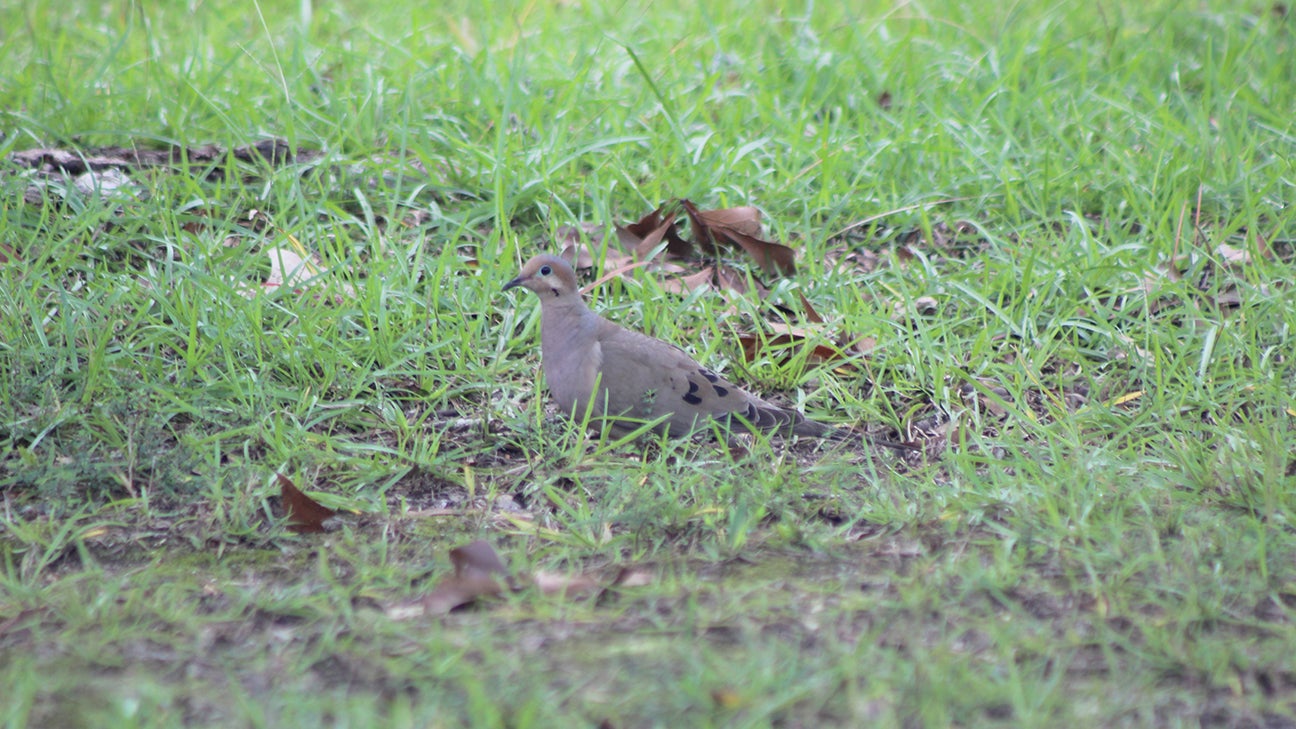Local forests not threatened by termite swarms
Published 8:15 am Wednesday, April 17, 2024

- TERMITE -- Formosan subterranean termites have the ability to infest and significantly damage structures much more quickly than native subterranean termites. (Photo by MSU Extension Service/Blake Layton) Alt text -- Small insects have white bodies with brown heads.
BROOKHAVEN — Mississippi State University Extension Service warns Lincoln County residents and others in Southwest Mississippi of the potential for Invasive Formosan subterranean termites to swarm this year. The good news, they will not threaten local forests. The bad news, they could damage homes.
Steven Williams, Lincoln County Forester with the Mississippi Forestry Commission, said the termites should not pose a threat to healthy trees in timber stands. He did clarify that the termites could pose a threat to stressed out trees and the 12.5 million dead pine trees across the state could help the termites flourish.
Formosan termites are not native to Mississippi but were first found here 40 years ago. They are different from the native species of Eastern subterranean termites which are endemic to Lincoln County and can be found in all 82 counties in Mississippi. Formosan termites can be found in 25 Mississippi counties.
Santos Portugal, Mississippi State University Extension Service urban entomologist, stated Formosan termites typically swarm in the millions from early May to early June. They have the ability to infest and significantly damage structures much more quickly than native subterranean termites.
“Termite numbers will be high this year with the number of dead trees,” Williams said.
Williams said the drought and bug kill of pine trees could have a trickle down effect for termite populations. Eastern subterranean termites are beneficial to southern forests and help decompose dead trees.
Another invasive species of insect takes advantage of termites. Fire ants are known to readily prey on termite swarmers looking for new colonies according to the MSU Extension Service.
Formosan swarmers are about one-half inch long, including their wings, and are yellow to golden brown. Native subterranean termite swarmers are smaller and are dark brown to black in comparison.
“When a Formosan colony is established in a structure, their swarmers will often emerge indoors from what is known as a swarm castle,” Portugal said. “These irregular spots of dry mud can appear overnight in late spring and are often found on the ceiling or higher up on walls.”
Homeowners can visit MSU Extension Service or call pest control providers to learn how they can protect their home from termites.
MSU extension states that one difference between Formosan and native termites is Formosans swarm at night and are highly attracted to light. Native subterranean termites swarm during daytime hours, usually in mid-February to mid-May.
Submit any suspected Formosan subterranean termite activity occurring outside the cited counties to the MSU Extension Insect ID Lab. For more information, visit http://www.ext.msstate.edu/insects/insect-identification. To learn more about termites, visit https://extension.msstate.edu/termites.





